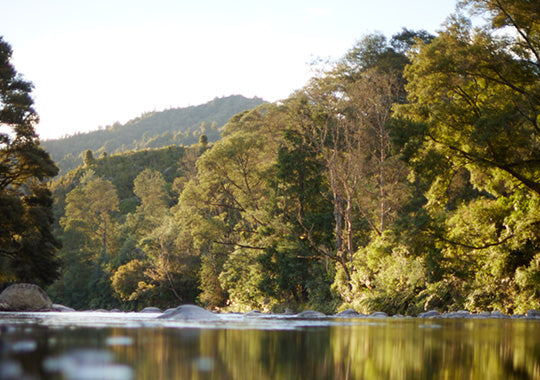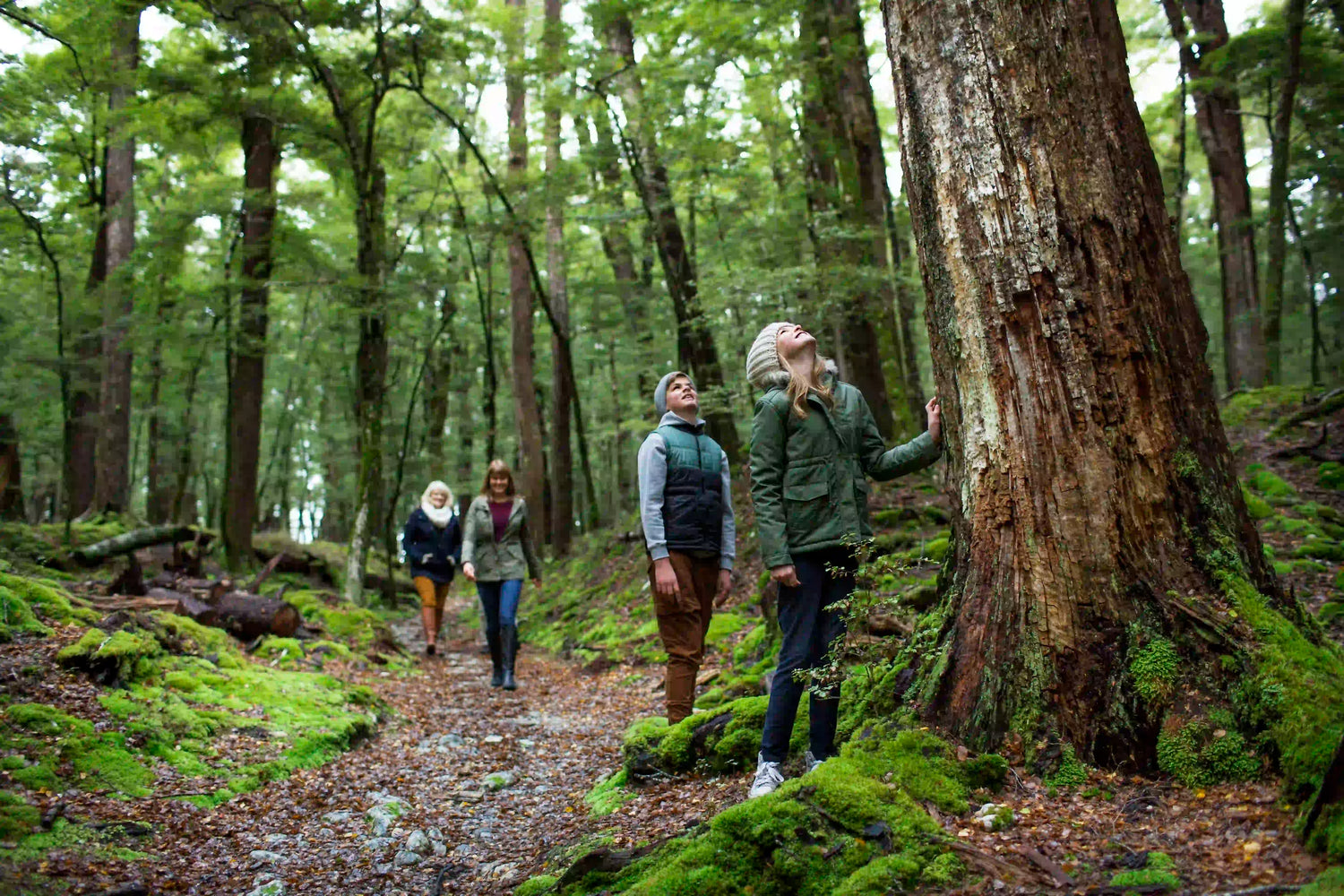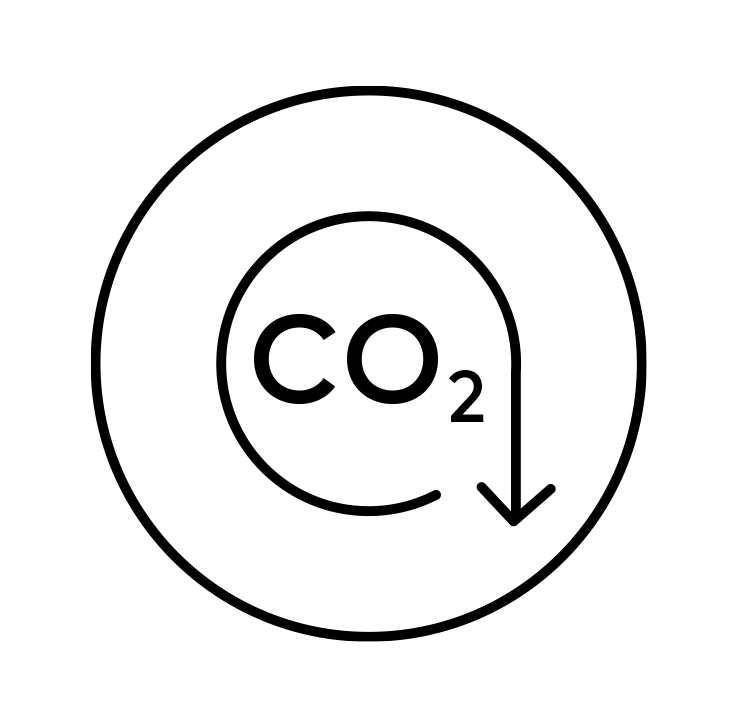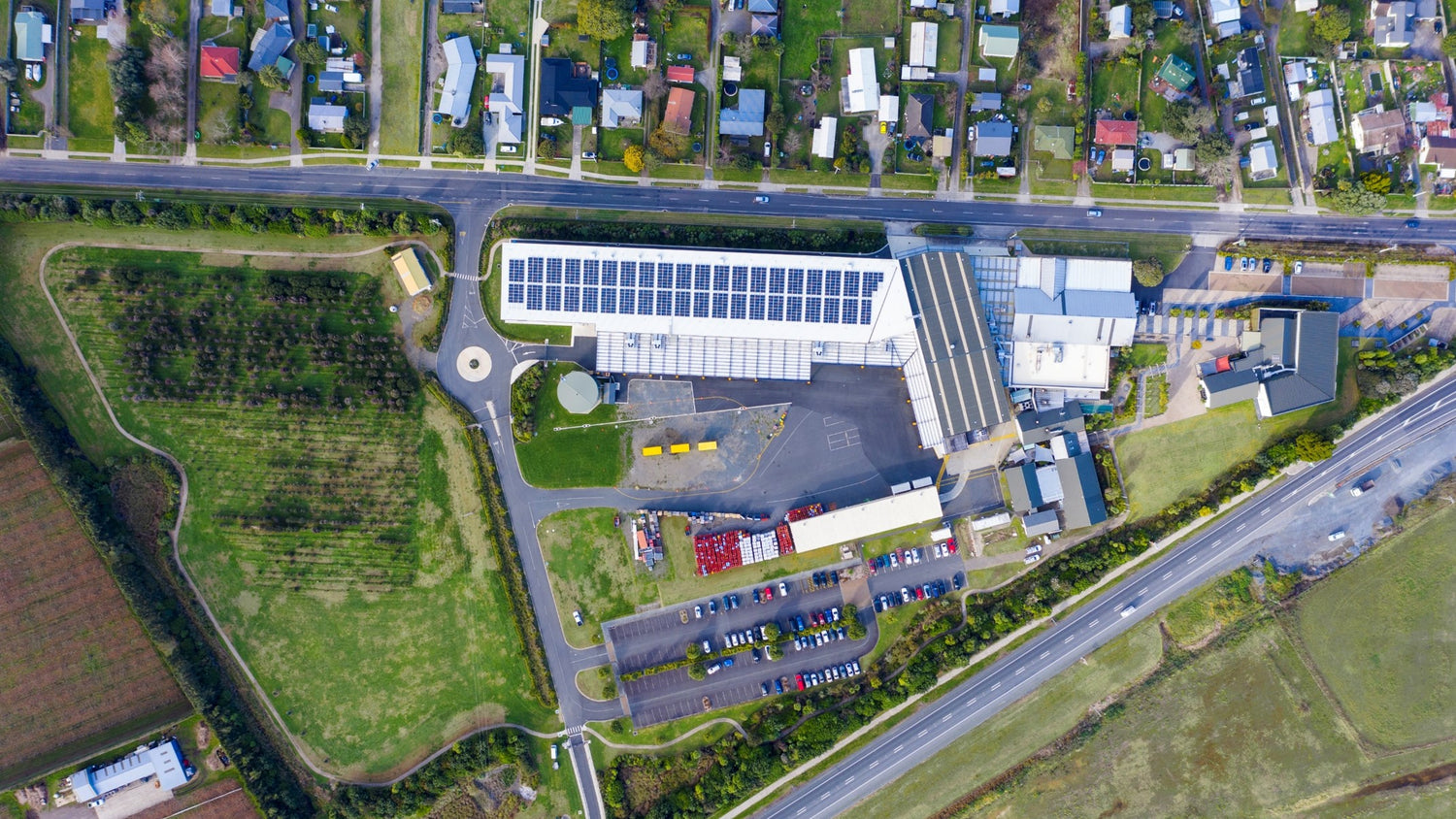
Our Commitments
- Climate change is already affecting New Zealand. At Comvita, we want to play our part to help reduce global climate warming to 1.5oC or less in accordance with the Paris Agreement.
- We want to ensure Comvita, and the New Zealand Mānuka honey industry, successfully navigate and adapt to a future that is uncertain and driven by climate change and other nature-related risks and opportunities.
- We are committed to reducing our carbon footprint and are investigating setting science-based carbon reduction targets.
- We are focused on improving the circularity of our finished goods packaging. We are continually working on the recyclability and recycled content of our packaging and are particularly focused on waste from end-of-life product packaging where honey pots are the largest contributor.
- We are committed to protecting and enhancing the natural environment.

How are we tracking?
- Comvita is focussed on successfully navigating a future that is uncertain and driven by climate change. Our transition planning is focused on preserving the strength of our premium brand, reducing our carbon emissions, and ensuring resilience of supply.
- We have prepared a GHG inventory across all scopes (1, 2 and 3) and had it subject to limited assurance since FY22. Read more in our 2025 GHG Inventory Report.
- As of FY25, Gross GHG emissions have reduced by 40% to 19,434 tCO₂e since FY22. Net emissions have reduced by 37% to 17,932 tCO₂e.
- In total, Comvita has generated 131,228 tCO₂ removals from its owned, managed and otherwise planted Mānuka forests (regenerating Mānuka and NZ ETS NZUs).
- Our recovered packaging for 2025 was 8.5%.
- We have built a Material Circularity Index (MCI) as a comprehensive measurement tool of our circularity which we utilise to guide new packaging choices.
- We have an Environmental Policy that is consistent with our purpose and Harmony Plan and underpins our Environmental Management System.
-

Carbon Emmissions Reduction
As we work towards gross carbon emissions reduction with a clear Global Greenhouse Gas (GHG) inventory baseline in place, we are increasingly focusing our energy on reducing emissions from material carbon-impacting areas.
Our annual GHG measurement captures all our business activities across our global teams. We have published our most recent audited Global GHG Inventory as part of our Climate Statement. We are investigating setting carbon reduction targets in line with Science Based Targets Initiative (SBTi) 1.5ᵒC guidance.
GHG measurement enables us to develop our decarbonisation plan and focus actions where they will have the greatest impact. Key priorities include the electrification of our production plant and vehicles, the use of renewable electricity, efficiencies in our supply chain, and improved packaging sustainability. The key to our success is collaborating with our suppliers to measure and reduce emissions, particularly honey suppliers, packaging and logistics suppliers, and other business services within our value chain. -

Climate Transition Planning
In 2025 Comvita published its second Climate Statement, which identifies our climate-related risks and opportunities and how we are managing these.
The transition planning aspects within our current strategy can be summarised as:- Preserve a sustainable supply of Mānuka and other honey.
- Enhance supply chain resilience.
- Increase brand recognition and trust as a leader in sustainability.
- Carbon reduction.
Measuring our Carbon Footprint
In 2025 we publicly produced our fourth annual Global Greenhouse Gas Inventory for all global business operations (Scopes 1, 2 and 3). Our full Climate Statement including our GHG inventory is available here.
- Gross emissions: Total gross Scope 1, Scope 2 and Scope 3 emissions this year were 19,434 tCO₂e, a 26% reduction vs FY24 and a 40% reduction vs our FY22 baseline.
- In FY25 we reduced our emission intensity by 22% compared to FY24.
- Preserve a sustainable supply of Mānuka and other honey.
-

Regeneration and Carbon Removals
We’re working on nurturing the 7.0 million native Mānuka trees we have planted largely within the central North Island of Aotearoa, New Zealand.
Once planted, we leave the trees untouched, instead allowing them to grow and mature naturally. This helps to create an ideal environment for nature to step back in and thrive.
The benefits of these actions are two-fold, alongside delivering positive nature and biodiversity impacts, we also help remove more carbon from the atmosphere. Mānuka forests sequester carbon as they grow. Since the beginning of our regeneration programme in 2017, the Mānuka trees we have planted and continued to manage have cumulatively removed over 131,228 tonnes of carbon dioxide from the atmosphere. During 2025 alone, Comvita-planted and managed trees removed more than 20,145 tonnes of carbon.
-

131,338 tCO₂e cumulative carbon removals
since 2017 from our Mānuka forests
-

Responsible Packaging and Circularity
We are focused on improving the circularity of our finished goods packaging, particularly waste from end-of-life product packaging where honey pots are the largest contributor. Circularity considers both the recoverability of packaging at end of life and also the recycled content that goes into packaging. We measure and seek to improve both aspects.To support this, Comvita has developed a bespoke Material Circularity Index (MCI), which is in line with best practice Ellen MacArthur Foundation guidance and incorporates both packaging inputs and outputs. Our current MCI score is 0.38 (with 1 being perfectly circular). We are working on improving our score over time.
-

95% of our packaging is recyclable and BPA free. Recycled material inputs make up more than 9%.
Every time we review, design or redesign our packaging, we make a conscious effort to make it more sustainable. We take full responsibility for the environmental impact of all our products and the lifecycle of our materials and packaging and are always looking for ways to close the loop.
Our commitment is to:- Choose the best materials to increase the recyclability of our packaging.
- Adopt recycled materials whenever available.
- Eliminate surplus packaging that is not critical
- Work with our suppliers and continue to monitor new packaging developments and technologies that improve circularity, reduce our carbon footprint, while also helping preserve the quality of our products
- Choose the best materials to increase the recyclability of our packaging.
-

Packaging Waste and Reduction
We are working to continually reduce our soft plastic use and improve the recyclability of our jars and packaging.
Here is how we are tracking:- We are making conscious decisions to remove unnecessary layers and parts from our packaging such as shrink wrap plastic. We have already removed over two tonnes of shrink wrap plastic from our honey production.
- Our jars and packaging are made here in New Zealand from BPA-free recyclable plastic. All our paper and cardboard are PEFC/FSC sustainable sourced certified
- We have increased recycled PET usage, phased implementation of recyclable lozenges packaging and ongoing collaboration with our honey pot packaging supplier to trial new material options (benefiting Comvita and the wider industry).
- In FY25 we maintained our percentage of recoverable packaging (recyclable, reusable and compostable) at 95%.
- We are making conscious decisions to remove unnecessary layers and parts from our packaging such as shrink wrap plastic. We have already removed over two tonnes of shrink wrap plastic from our honey production.

Treading Lightly at Home Base
Treading lightly means being able to perform our duties with minimum impact on the environment. We’ve inserted our philosophy of treading lightly directly into the design and layout of our market support campus Paengaroa, New Zealand. It’s here that our honey and other key products are packed and stored before distributing around the world.
Some of the actions we have taken on-site to promote sustainability include:
- 40,000 native trees were planted, including our own Mānuka grove.
- A 1 km walking track that embraces nature and shares highlights of Comvita’s story since its founding in 1974.
- Floating wet-land wastewater plant that treats all site effluent and disperses as clean water to groundwater.
- Solar panels line our roof, generating 360 MWh per year, or 25% of the site’s electricity consumption.
- We promote recycling on site and have dedicated systems for soft plastics, glass, plastics, metals, cardboard and batteries.
-

25% of our Production Plant's energy is powered by the sun.
From solar panels that line our roof.
 is here! Shop now, pay later in 4 easy installments
is here! Shop now, pay later in 4 easy installments


